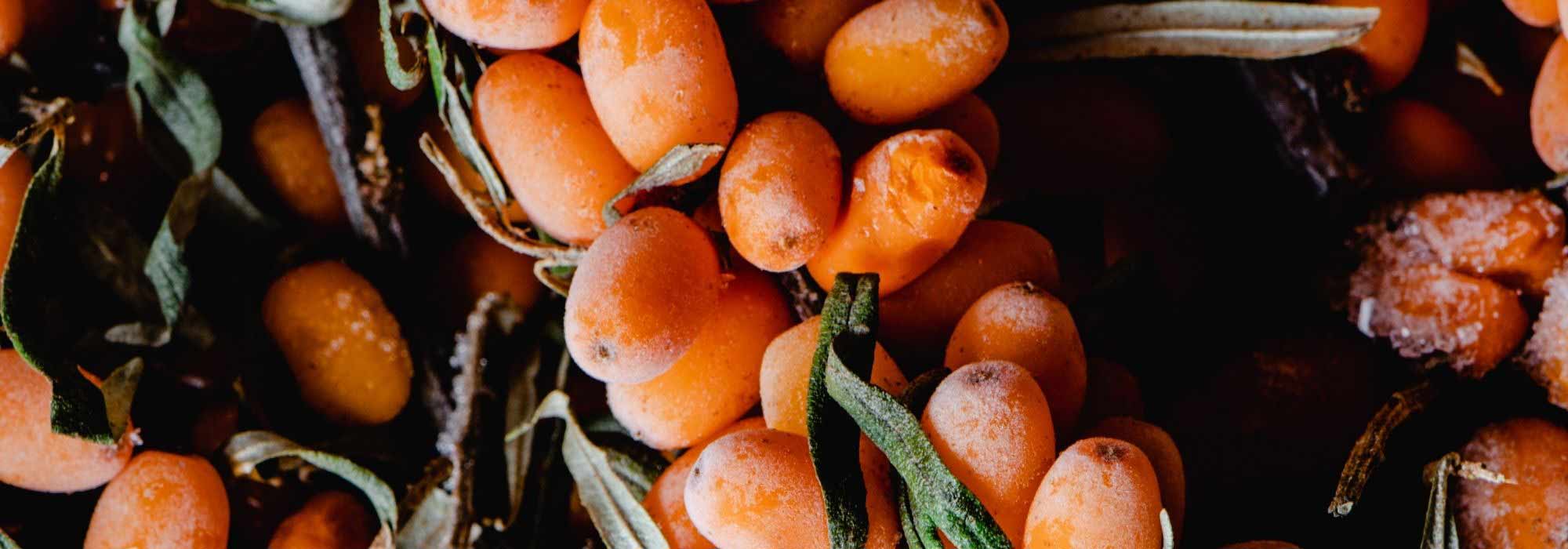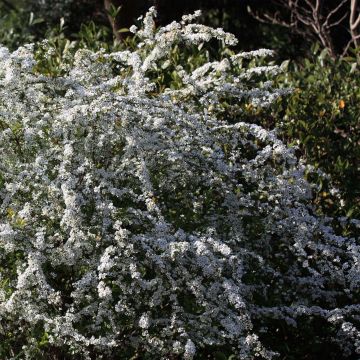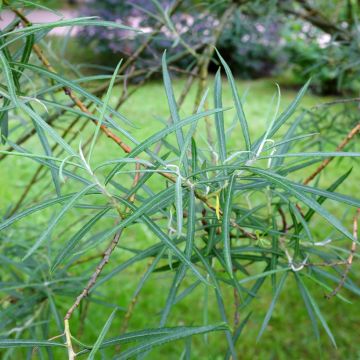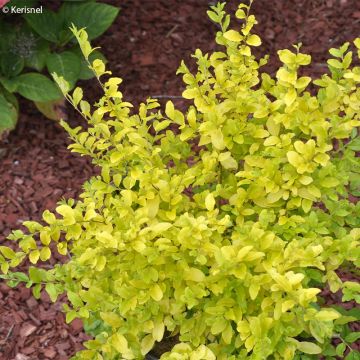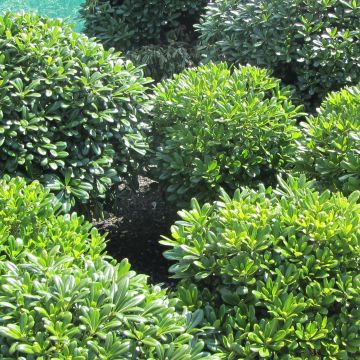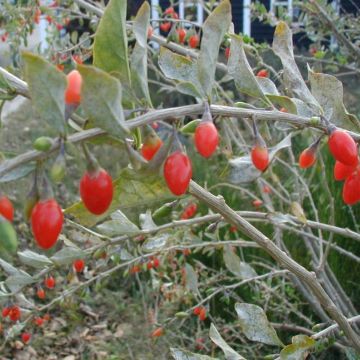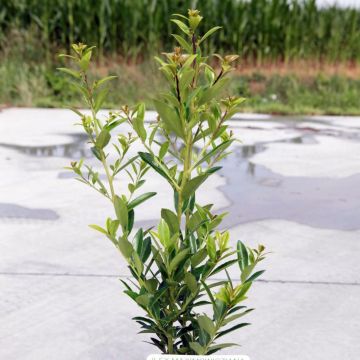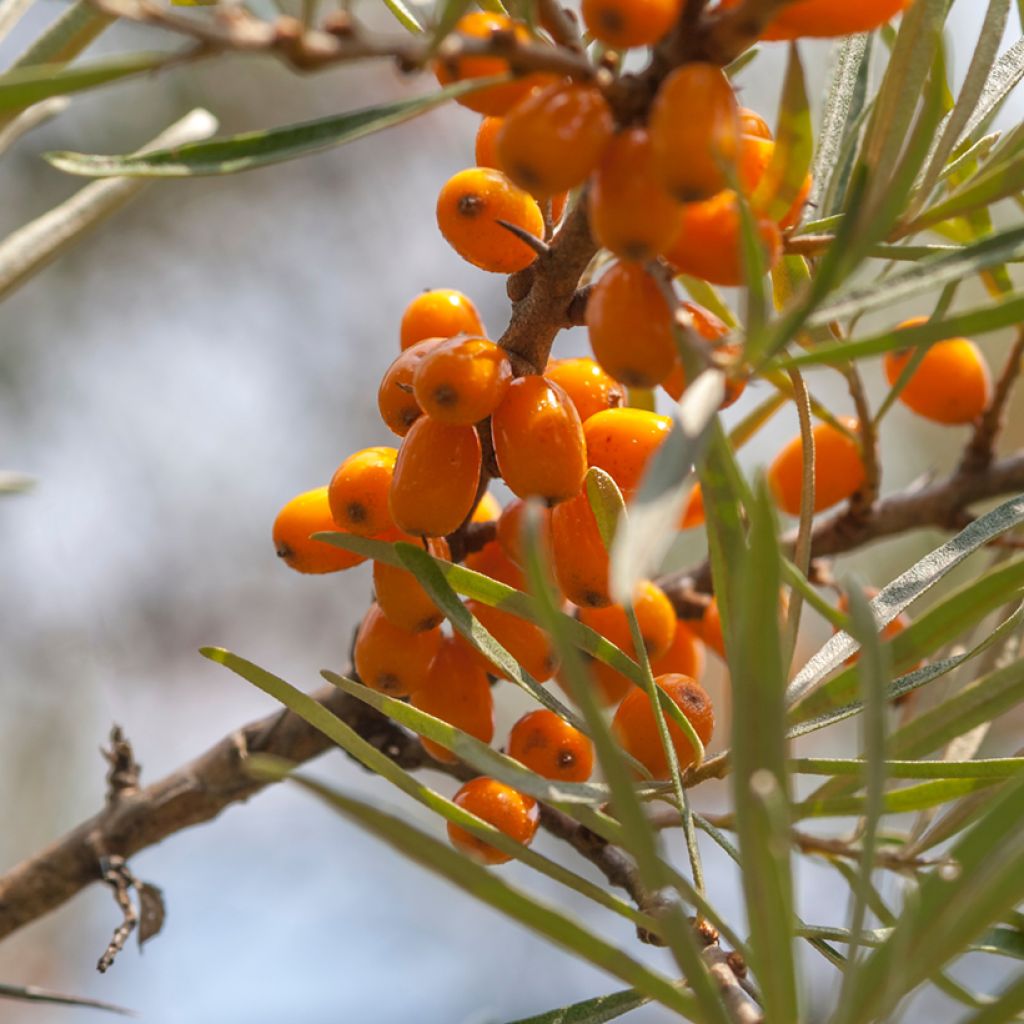

Hippophae rhamnoides Frugana - Sea buckthorn
Hippophae rhamnoides Frugana - Sea buckthorn
Hippophae rhamnoides Frugana
Sea buckthorn, Sandthorn, Seaberry
Special offer!
Receive a €20 voucher for any order over €90 (excluding delivery costs, credit notes, and plastic-free options)!
1- Add your favorite plants to your cart.
2- Once you have reached €90, confirm your order (you can even choose the delivery date!).
3- As soon as your order is shipped, you will receive an email containing your voucher code, valid for 3 months (90 days).
Your voucher is unique and can only be used once, for any order with a minimum value of €20, excluding delivery costs.
Can be combined with other current offers, non-divisible and non-refundable.
Home or relay delivery (depending on size and destination)
Schedule delivery date,
and select date in basket
This plant carries a 24 months recovery warranty
More information
We guarantee the quality of our plants for a full growing cycle, and will replace at our expense any plant that fails to recover under normal climatic and planting conditions.
Would this plant suit my garden?
Set up your Plantfit profile →
Description
Sea Buckthorn 'Frugana' is a female variety of Hippophae rhamnoides known for its early fruiting. It is also a productive variety, especially when it receives plenty of sunlight. From mid-August, its medium-sized light orange fruits, rich in vitamin C, can be harvested. They are commonly used to make marmalade, jams, juices, and purees. The spiny bush, which produces few suckers, maintains an upright habit. Plant it as an informal hedge or a defensive hedge near a male variety such as Pollmix.
Sea Buckthorn 'Frugana' is a horticultural variety selected by H.-J. Albrecht in Berlin in 1986. The wild species, Hippophae rhamnoides, belongs to the Elaeagnaceae family. It is also known by various names such as Thorny Willow, Siberian Olive, False Buckthorn, depending on the region. This plant is native to temperate regions of Europe and Asia, where it naturally grows as a very thorny deciduous bush. It is a pioneer plant that can thrive on mountainsides as well as in dunes. Despite not being a Leguminous plant, it develops nodules containing nitrogen-fixing bacteria on its roots, enabling it to grow in challenging environments. This characteristic makes it suitable for planting to rehabilitate poor soils and protect them from erosion.
Apart from a few self-fertile varieties, Sea Buckthorn bears either male or female flowers (dioecious plant), pollinated by insects. Fruiting will only occur in the presence of a nearby male plant. One male plant can pollinate five to six female plants. Berries will be produced on female bushes from the 2nd or 3rd year onwards.
The female Sea Buckthorn 'Frugana', after an establishment period, grows rapidly into an upright bush that can reach a height of 4m and branches vigorously. Its branches are spiny, its narrow, lanceolate, silvery leaves are attractive from spring to autumn. The discreet yellow flowers appear in late April and May. The medium-sized, bright orange fruits ripen from mid-August. They are rich in vitamins C, E, F, K, P, as well as folic acid, provitamin A and D, and various macro and microelements. These berries, with a vitamin C content four times higher than that of blackcurrants, are suitable for making jams, juices, purees, preserves, and syrups. In the garden, they attract numerous bird species. The deciduous foliage is absent in winter.
Sea Buckthorn 'Frugana' is a highly decorative bush due to its fruiting and foliage. Like other varieties of Sea Buckthorn, it is perfect for a hedge in a natural garden. To complement it, consider, for example, a male Dogwood (Cornus mas) with very early yellow flowering, which also produces edible small fruits or an Amelanchier Ballerina with white spring flowering followed by both decorative and edible berries, and very colourful autumn foliage. In a very dry southern garden in summer, it can be paired with Crataegus azarolus or Azarole Hawthorn or Pomegranates.
Hippophae rhamnoides Frugana - Sea buckthorn in pictures
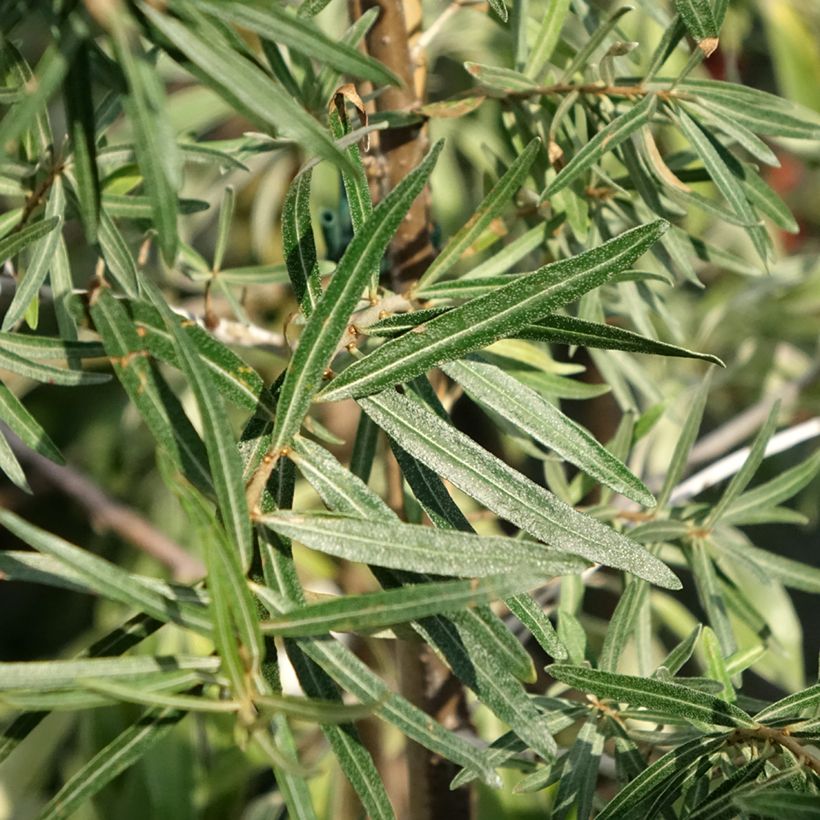

Plant habit
Flowering
Foliage
Botanical data
Hippophae
rhamnoides
Frugana
Elaeagnaceae
Sea buckthorn, Sandthorn, Seaberry
Cultivar or hybrid
Planting and care
Sea buckthorn 'Frugana' is best planted in autumn or alternatively at the beginning of spring. Choose a very sunny exposure to enhance productivity. Sea buckthorn tolerates all types of soils, including poor, sandy soils. Soak the root ball in water for a quarter of an hour before planting. Dig a wide and deep hole. Place the top of the root ball level with the ground and backfill with soil. Water at the time of planting. If you plant in autumn and it rains occasionally, further watering will not be necessary. A little sensitive to summer drought in its early years, it becomes drought-tolerant once deeply rooted.
Robust and not very sensitive to diseases and pests, sea buckthorn does not require any particular care.
Planting period
Intended location
Care
Planting & care advice
This item has not been reviewed yet - be the first to leave a review about it.
Similar products
Haven't found what you were looking for?
Hardiness is the lowest winter temperature a plant can endure without suffering serious damage or even dying. However, hardiness is affected by location (a sheltered area, such as a patio), protection (winter cover) and soil type (hardiness is improved by well-drained soil).

Photo Sharing Terms & Conditions
In order to encourage gardeners to interact and share their experiences, Promesse de fleurs offers various media enabling content to be uploaded onto its Site - in particular via the ‘Photo sharing’ module.
The User agrees to refrain from:
- Posting any content that is illegal, prejudicial, insulting, racist, inciteful to hatred, revisionist, contrary to public decency, that infringes on privacy or on the privacy rights of third parties, in particular the publicity rights of persons and goods, intellectual property rights, or the right to privacy.
- Submitting content on behalf of a third party;
- Impersonate the identity of a third party and/or publish any personal information about a third party;
In general, the User undertakes to refrain from any unethical behaviour.
All Content (in particular text, comments, files, images, photos, videos, creative works, etc.), which may be subject to property or intellectual property rights, image or other private rights, shall remain the property of the User, subject to the limited rights granted by the terms of the licence granted by Promesse de fleurs as stated below. Users are at liberty to publish or not to publish such Content on the Site, notably via the ‘Photo Sharing’ facility, and accept that this Content shall be made public and freely accessible, notably on the Internet.
Users further acknowledge, undertake to have ,and guarantee that they hold all necessary rights and permissions to publish such material on the Site, in particular with regard to the legislation in force pertaining to any privacy, property, intellectual property, image, or contractual rights, or rights of any other nature. By publishing such Content on the Site, Users acknowledge accepting full liability as publishers of the Content within the meaning of the law, and grant Promesse de fleurs, free of charge, an inclusive, worldwide licence for the said Content for the entire duration of its publication, including all reproduction, representation, up/downloading, displaying, performing, transmission, and storage rights.
Users also grant permission for their name to be linked to the Content and accept that this link may not always be made available.
By engaging in posting material, Users consent to their Content becoming automatically accessible on the Internet, in particular on other sites and/or blogs and/or web pages of the Promesse de fleurs site, including in particular social pages and the Promesse de fleurs catalogue.
Users may secure the removal of entrusted content free of charge by issuing a simple request via our contact form.
The flowering period indicated on our website applies to countries and regions located in USDA zone 8 (France, the United Kingdom, Ireland, the Netherlands, etc.)
It will vary according to where you live:
- In zones 9 to 10 (Italy, Spain, Greece, etc.), flowering will occur about 2 to 4 weeks earlier.
- In zones 6 to 7 (Germany, Poland, Slovenia, and lower mountainous regions), flowering will be delayed by 2 to 3 weeks.
- In zone 5 (Central Europe, Scandinavia), blooming will be delayed by 3 to 5 weeks.
In temperate climates, pruning of spring-flowering shrubs (forsythia, spireas, etc.) should be done just after flowering.
Pruning of summer-flowering shrubs (Indian Lilac, Perovskia, etc.) can be done in winter or spring.
In cold regions as well as with frost-sensitive plants, avoid pruning too early when severe frosts may still occur.
The planting period indicated on our website applies to countries and regions located in USDA zone 8 (France, United Kingdom, Ireland, Netherlands).
It will vary according to where you live:
- In Mediterranean zones (Marseille, Madrid, Milan, etc.), autumn and winter are the best planting periods.
- In continental zones (Strasbourg, Munich, Vienna, etc.), delay planting by 2 to 3 weeks in spring and bring it forward by 2 to 4 weeks in autumn.
- In mountainous regions (the Alps, Pyrenees, Carpathians, etc.), it is best to plant in late spring (May-June) or late summer (August-September).
The harvesting period indicated on our website applies to countries and regions in USDA zone 8 (France, England, Ireland, the Netherlands).
In colder areas (Scandinavia, Poland, Austria...) fruit and vegetable harvests are likely to be delayed by 3-4 weeks.
In warmer areas (Italy, Spain, Greece, etc.), harvesting will probably take place earlier, depending on weather conditions.
The sowing periods indicated on our website apply to countries and regions within USDA Zone 8 (France, UK, Ireland, Netherlands).
In colder areas (Scandinavia, Poland, Austria...), delay any outdoor sowing by 3-4 weeks, or sow under glass.
In warmer climes (Italy, Spain, Greece, etc.), bring outdoor sowing forward by a few weeks.


































